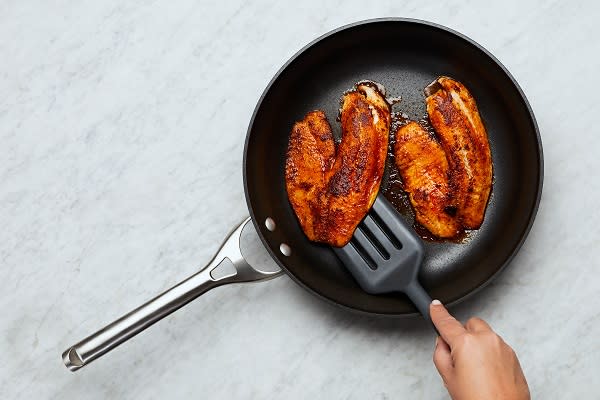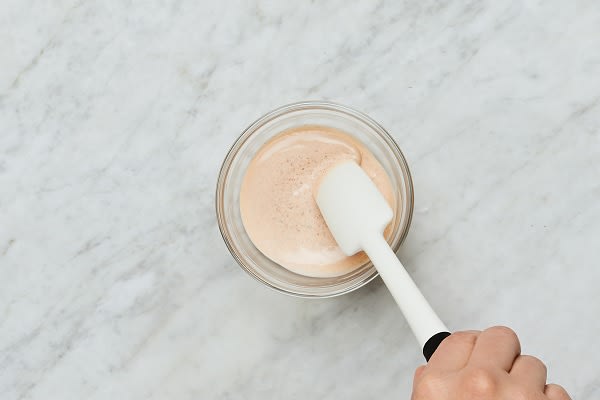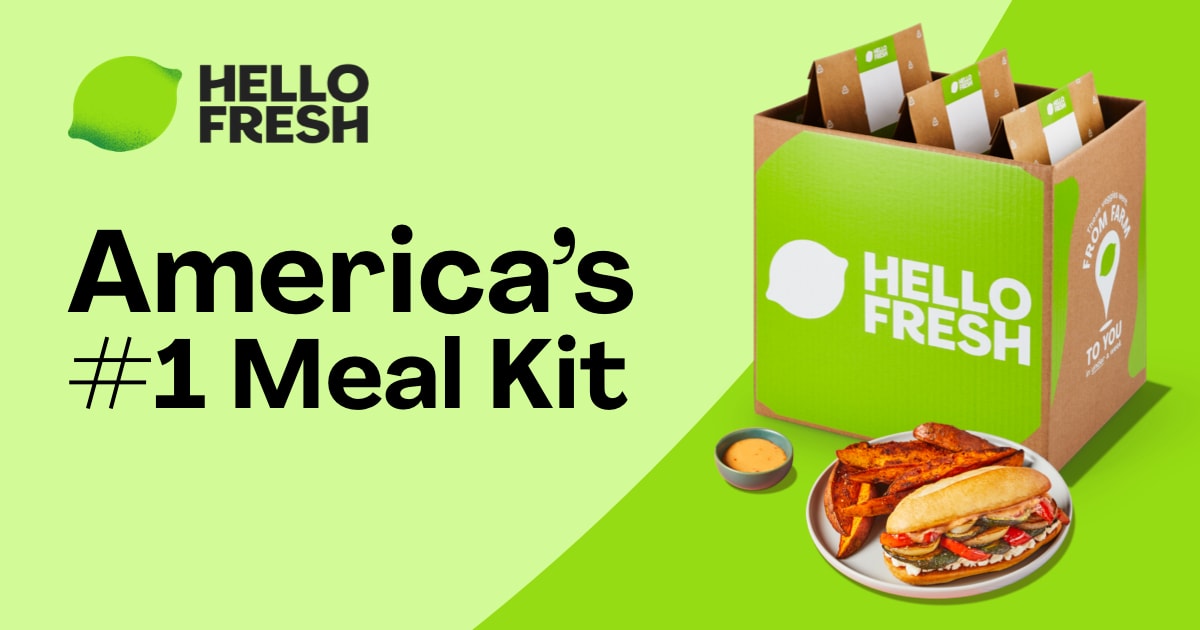Spatula Vs. Turner: When to Use Which, and Why
Spatula Vs. Turner: When to Use Which, and Why
There are recipes dating back at least a century that call for either a spatula or a turner. But what is the difference between the tools, how are they used, and which one should we be reaching for when? Also, do we really need both? (Side note: There’s enough curiosity about that last question that an entire MasterClass was dedicated to the topic.)
The short answer: Yes, yes we do.
Spatula vs. Turner
The term spatula refers to any tool with a wide, flat head on a long handle (including, ahem, turners). But despite the confusing definition, there are two distinct tools at play here. Simply put, if you fry eggs on occasion, or have ever made a burger, a pancake, or a fresh cookie, you need a turner to get your food from one place to another. As for spatulas? To anyone who buys items in a jar (mayo, peanut butter, prepared frosting), and to anyone who might ever frost a cookie, cupcake, or cake, a spatula is your friend.
You’ll need to make room for both handy tools, and depending on what you get up to in your kitchen, you might even want multiple types of both spatulas and turners—but they’ll earn their keep. When buying, look for sturdy, ergonomic handles, high-quality, heat-resistant materials, and a loop or hole in the handle for hanging and storing both of these keepers at the ready.
You’ll need to make room for both handy tools, and depending on what you get up to in your kitchen, you might even want multiple types of both spatulas and turners—but they’ll earn their keep. When buying, look for sturdy, ergonomic handles, high-quality, heat-resistant materials, and a loop or hole in the handle for hanging and storing both of these keepers at the ready.

What Is a Turner, and How Do You Use It?
A turner, which some people call a flipper, is often made from stainless steel or another metal, or sometimes rubber or silicone. This kitchen tool can be flexible (preferred for many jobs) or quite stiff (genius on the grill). A turner’s core purpose is to flip things (thus, turner, or flipper) while cooking, such as an omelet, a crêpe, or a piece of fish. It is also often used to remove something from a hot pan and transfer it to a plate.Different Types of Turners
A fish “spatula” is really a fish turner (a long, slotted turner with an upturned corner for getting under delicate filets). Because of its length and flexibility, it’s also useful for transferring delicate items such as warm pancakes and hot cookies from one place to the next to serve or cool.
A solid turner is a firm, metal turner that generally has a long handle, as it’s useful for getting burgers off a grill or moving extremely hot items that require a steady tool. It is also safe to use on sturdy pans like cast iron or untreated stainless steel (never on nonstick, where they can scratch).
A perforated or slotted turner is similar to a solid turner in construction and uses, but with holes or slots for liquid or fat to drip through.
A flexible turner, made from heat-proof silicone, may be long- or short-handled, and can be useful for baked goods and eggs. Since the silicone won’t scratch the pan, it’s the ideal turner to use with a nonstick pan.

What Is a Spatula, and How Do You Use It?
Spatulas, very often rubber or silicone (and sometimes called scrapers), are usually flexible and are especially useful in baking. The core job of a spatula is to mix, fold, stir, or scrape food out of a container or mixing bowl—for example, removing the last drop of peanut butter from the jar, folding egg whites into melted chocolate for mousse, or collecting the last bits of cookie batter from the bowl.Different Types of Spatulas
A rubber spatula is thick, flexible, and often has one curved and one straight edge. It can be made of rubber or silicone, and higher-end models can often withstand extreme heat (look for the “heat-proof spatula” distinction). It can be used for scrambling eggs or, say, scraping warm pudding from a sauce pot when making it from scratch.
An icing spatula (which can be straight or offset—called an offset spatula) is generally long, thin, and made of metal, with a wooden or plastic handle. This is used to expertly apply and spread frosting on cakes and cupcakes, and is sometimes referred to as a palette knife.

Recipes With Spatulas and Turners
There are plenty of recipes and categories of recipes that, while they don’t call out for either tool, could really benefit from the use of one or the other. In fact, we’ve got a few here for you.
- Burgers (we’re addicted to our own Hoisin Pork Burgers)
- Bibimbap, like our Veggie Bibimbap Rice Bowls
- Seafood dishes, such as this Chimichurri Barramundi
And there are many more recipes that use spatulas and turners.